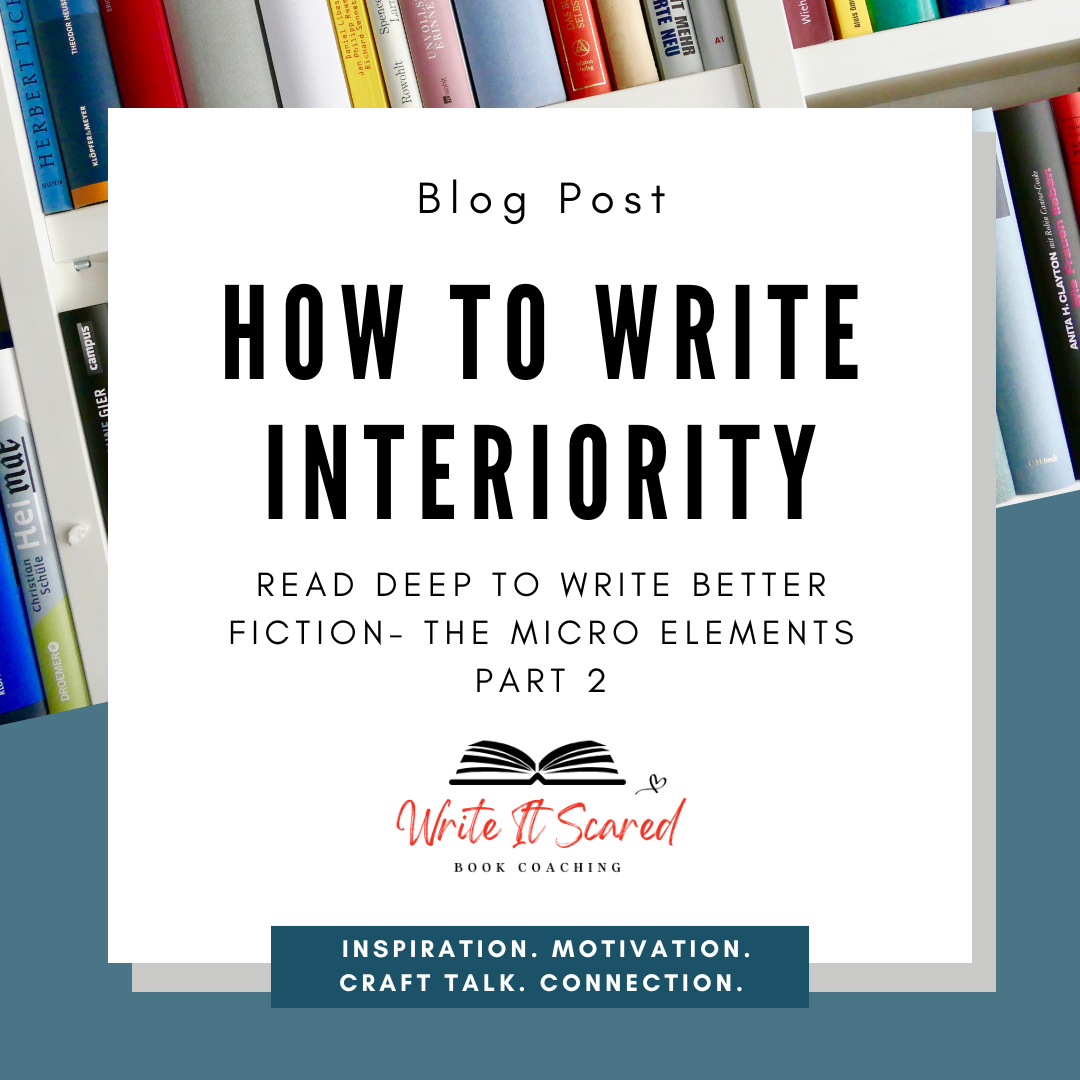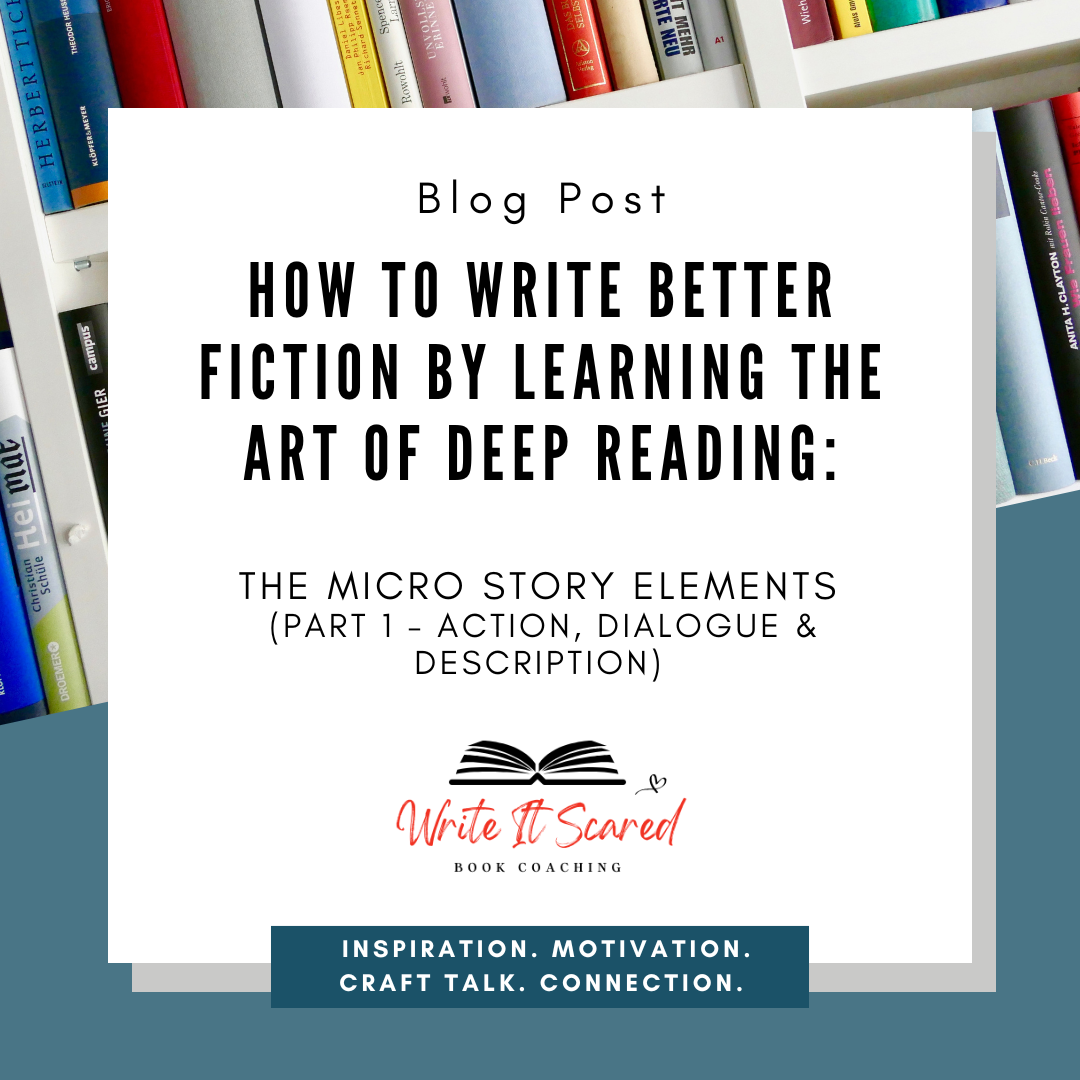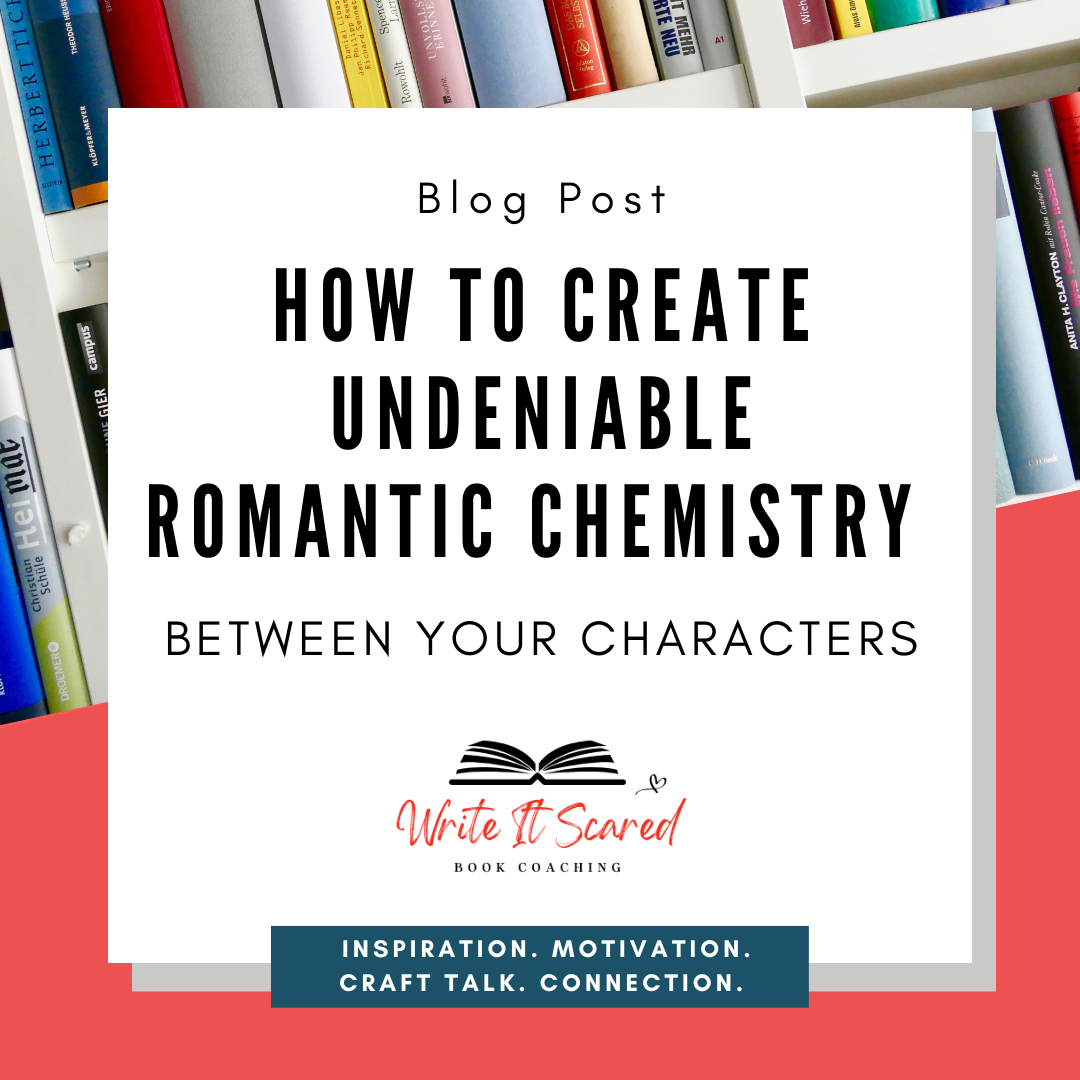
An Honest Story About a Writer Accomplishing Goals Inch by Inch
Ready or not, 2025 is knocking. I’m not sure if I want to answer, but of course, like you, I will, and I want to go forward with a plan. If you like a plan and want a little help creating one for the coming year, here’s a goal-setting exercise you can use to set intentions and mile markers for 2025.

It’s Never Too Late to Start Writing Your Novel: Tips on Mindset and Story Development From Two Certified Book Coaches
Do you ever feel like it’s too late?
Think that maybe you missed the boat heading toward your writing dreams?
Maybe you should have started in your teens, twenties, thirties, fifties, or some other decade before where you are now.
If you said yes to any of that, then episode twelve of the Write It Scared Podcast is where I will prove you wrong. Well, me and my guest, award-winning YA Fantasy Author and Certified Book Coach, Cassie Newell.

How To Craft a Compelling Backstory for Your Novel and Keep Track of It!
If you consider a story to be one large event that creates an irreversible change, then it must have a beginning to have an end. It must start from somewhere and be in a particular state to experience said change, and there must be a reason for that initial state of being.
That reason, my friend, is the backstory.
Crafting a compelling backstory is essential to creating realistic characters with motivations and complex problems the reader will relate to.

Peeling Back the Layers on Author, Narrator, and Character Voice to Write Better Fiction - The Micro Story Elements (Part 4)
Voice is one of the more ambiguous literary terms. When I started writing fiction, I had no clue what people meant when they referred to “voice.” Whose voice? The author’s, the characters’, or an unknown narrator?
It turns out we’re talking about all three, all at once, but here’s where it gets really confusing—everything stems from the author’s voice.

How to Write Character Thoughts: Read Deep to Write Better Fiction-The Micro Elements (Part 3)
Inner monologue are the thoughts the POV character thinks but doesn’t voice out loud. It’s their “inside voice.” This inside voice is key to allowing the reader into the story's experience. Without it, the reader will feel like a spectator, forced to watch something they don’t completely understand.

How to Craft a Credible Villain for Your Novel for Mystery, Suspense and Thriller Authors
We discuss the common challenges mystery, thriller and suspense writers face, including self-doubt, thinking the story is painfully boring and obvious, plus understanding genre expectations, and forming a compelling villain.

How to Write Interiority: Read Deep to Write Better Fiction-The Micro Story Elements (Part 2)
Interiority is looking directly inside the character's head and heart; from it, we understand their emotions, motivations, decision-making process, and psychological states, which can be very different from their actions on the page.

How To Write Better Fiction By Learning the Art of Deep Reading: The Micro Story Elements (Part 1)
In our last deep reading article we focused on the macro elements of fiction writing: Character, Plot, Conflict, Theme, Setting, Tone and POV Choice. Now we will turn our attention to the glue that holds those pieces together with the same intention—figuring out how they work so that we can craft better stories.

How To Write Better Fiction By Learning the Art of Deep Reading: The Macro Story Elements
We all want to be better at our craft, and we've likely all heard that to be a good writer, one must first be a reader—and that we need to read A LOT. Stephen King said it pretty plainly in his book On Writing "If you don't have time to read, you don't have the time or the tools to write." But not all reading is equal for learning. Here’s what you need to know about reading like a writer to enhance your storytelling chops.

Crafting Complex Characters: Why Villains and Antagonists Matter
Antagonists will create obstacles for your protagonist to overcome. Depending on your intention, they can also highlight specific aspects of your main character and make them more or less relatable. The villain wants to hurt the protagonist — usually in the worst way possible and on purpose!

How to Write Suspense and Tension in Your Novel to Keep Readers Hooked
Suspense vs. tension: Why you can’t have one without the other, and if you have neither, you don’t have a story.

How to Create Undeniable Romantic Chemistry Between Your Characters
Romantic chemistry is that unspoken, elusive connection that you "know" when you see it, or rather when you feel it because it triggers a happy little soup of neurochemicals inside your body that scream more, more, more!

How to Structure a Romance Novel: Beyond the Beats
Today we’ll discuss how to outline a romance novel to hit the beats readers expect and talk about when and where those beats fall. But we’ll also look at character arcs, and themes because you really can’t talk about mapping a story without them!

Romance Writing Essentials: Tips for Writing Romance For Fiction Writers
Romance stories are among the most difficult to execute well. Why? There are many reasons, but the biggest is that structurally, the protagonist’s object of desire is also a major antagonistic force in the story. The love interest is the opposition! Wrangling that conundrum into a satisfying emotional experience takes some finesse, my friends.

Worldbuilding Tools - A Simplified Approach to Creative Worldbuilding for Fiction Writers
Worldbuilding is where writers create the social, cultural, historical, political, and physical realities for our characters.
It feels like a colossal endeavor that we could talk about for days, but we won’t. Today, we’re going to streamline the process by following our curiosity through a series of strategic questions.

How to Use Genre To Structure Your Novel
The writing industry puts a lot of focus on the importance of a writer identifying their genre once the book has been written to determine where it will fit in the marketplace, but minimal emphasis on identifying genre before you begin to write it.
This is a problem because a book’s genre is much more than which shelf it sits on in a bookstore.

How to Write Authentic Dialogue in Your Fiction Novel
When I started writing fiction, I really enjoyed writing dialogue—until I realized how terrible I was at it! And then, when I figured out what I was doing wrong, things got worse before they got better.

How to Handle Personal Experiences and Emotional Wounds in Your Writing
Today, we’re going to talk about an emotionally challenging topic that many writers face but is rarely discussed.
This topic has been on my heart in one way or another for the last month. What clinched my decision to talk about it here was when my client asked for guidance: “How do I write when the messy emotional parts of real life mimic what my characters are going through? When it feels too painful and raw, touch it?”

Should You Write a Scene or Summary - A Guide for Fiction Writers
All novels are built from a combination of scene and narrative summary. The balance is the author's choice, but the more we know each component, the better decisions we can make about structuring our story to produce a book others will enjoy.
In this blog post, we'll break down the distinction between scene and summary, see how they are often blended, and examine the rarely discussed middle ground: the half-scene.

How to Craft a Corruption Arc: A Case Study of Walter White
The corruption arc is the easiest to spot of all the negative character arcs. You know this one. It’s the good person gone bad story, where a character begins on the morally “good” side of the tracks, and they understand right and wrong, but more than that, they believe in doing what’s right.
